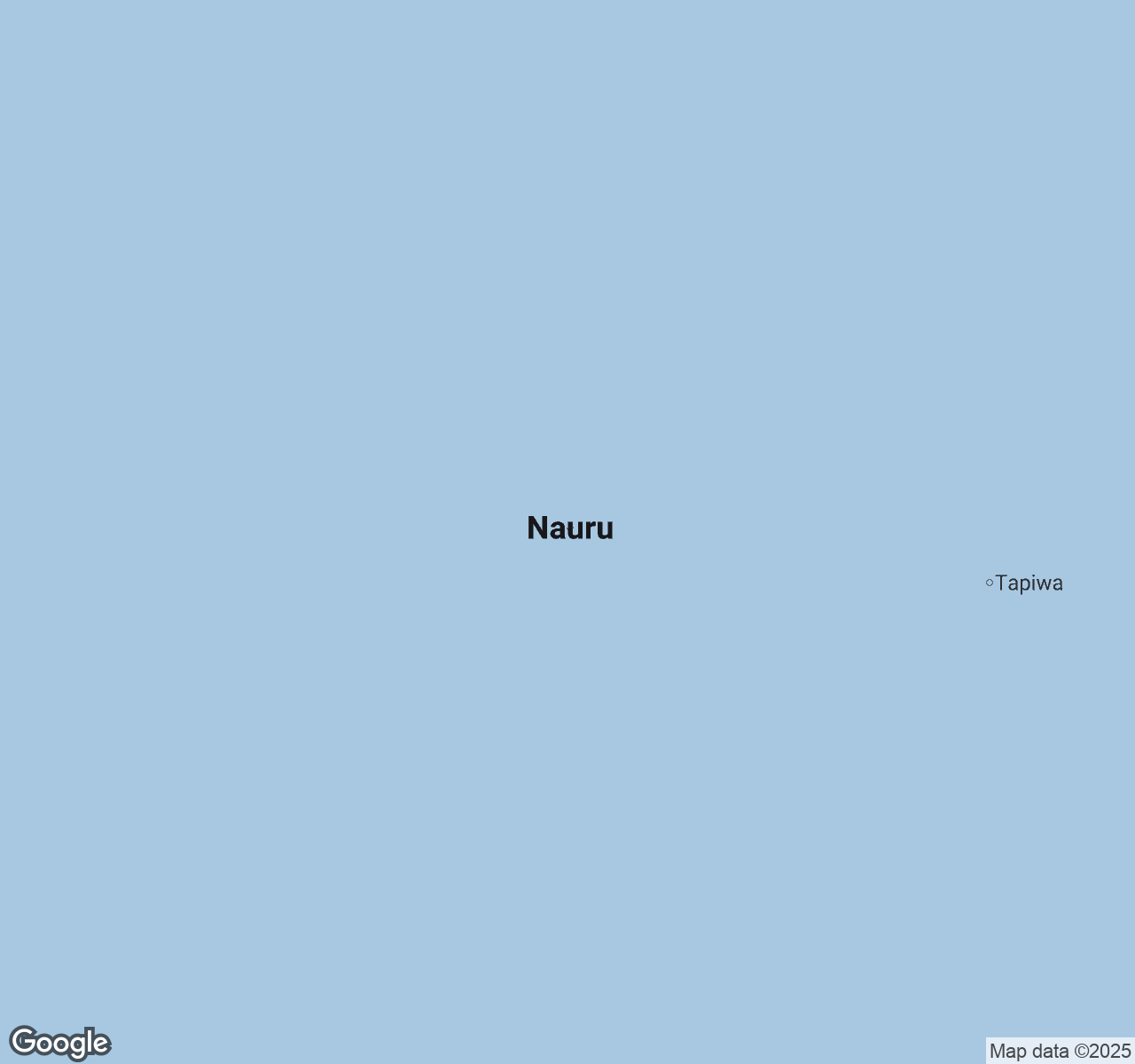
Things to Do in Yaren
Discover the best of Yaren
Plan Your Trip
Essential guides for timing and budgeting
Top Things to Do in Yaren
Discover the best activities and experiences. Book now with our trusted partners and enjoy hassle-free adventures.
Your Guide to Yaren
About Yaren
Yaren, the world's smallest capital by area, exists as a fascinating paradox where governmental dignity meets Pacific Island tranquility. This unassuming district on Nauru's southwestern coast pulses quietly with the rhythm of a nation, where parliament sessions unfold mere steps from pristine coral shores. The capital embodies Nauru's resilient spirit—a place where traditional Nauruan culture persists despite decades of phosphate mining that transformed much of the island. Here, government buildings stand modestly among coconut palms, and the sound of waves mingles with the gentle hum of administrative life. Yaren offers visitors an intimate glimpse into one of the world's least-visited nations, where every interaction feels personal and meaningful. The district's compact nature means you can walk from the parliamentary complex to untouched coastal stretches in minutes, experiencing both political significance and natural beauty. This is micro-nation diplomacy at its most authentic—a capital where the president might wave from a passing car, and where the Pacific's endless horizon serves as the backdrop to a unique experiment in sovereignty and cultural preservation.
Travel Tips
Transportation: Arrange airport pickup through your accommodation as taxis are limited. Rent a bicycle or motorbike from local shops for island exploration—the entire ring road is only 19 kilometers. Walking within Yaren district is feasible and recommended for government area visits.
Money: Bring Australian dollars in cash as ATMs are scarce and credit cards rarely accepted. The Capelle & Partner Bank opens limited hours. Budget $50-80 AUD daily for basic needs, as imported goods are expensive due to remote location.
Cultural Respect: Dress modestly when visiting government buildings—long pants and covered shoulders required. Ask permission before photographing people or official buildings. Sunday is sacred; most businesses close and church attendance is culturally significant. Learn basic Nauruan greetings like 'Ekamowir Omo.'
Food Safety: Stick to cooked meals at the few local restaurants like Capelle Restaurant. Avoid tap water—purchase bottled water from retail stores. Fresh fish is generally safe when properly cooked. Limited dining options require advance meal planning at accommodations.
When to Visit
Nauru experiences a tropical climate with year-round temperatures between 26-32°C (79-90°F), making Yaren accessible throughout the year. The dry season (May to October) offers the most comfortable conditions with lower humidity, minimal rainfall (50-100mm monthly), and consistent trade winds. This period sees 20-30% higher accommodation rates due to optimal weather. November through April brings the wet season with heavy rainfall (200-400mm monthly), high humidity, and occasional storms, though temperatures remain warm. Accommodation prices drop 15-25% during this period, making it budget-friendly despite weather challenges. Peak tourist season, such as it exists in this rarely-visited destination, occurs during July-September when rainfall is lowest and temperatures most bearable. Nauru celebrates Independence Day on January 31st with local festivities, while Constitution Day (May 17th) features government ceremonies particularly relevant to Yaren visitors. For government-related visits, avoid December-January when many offices close for holidays. Bird-watching enthusiasts should visit April-September when migratory species arrive. Budget travelers benefit from wet season visits, while those prioritizing weather comfort should choose May-October. Business travelers should coordinate with local government schedules, typically most active March-November.

Yaren location map